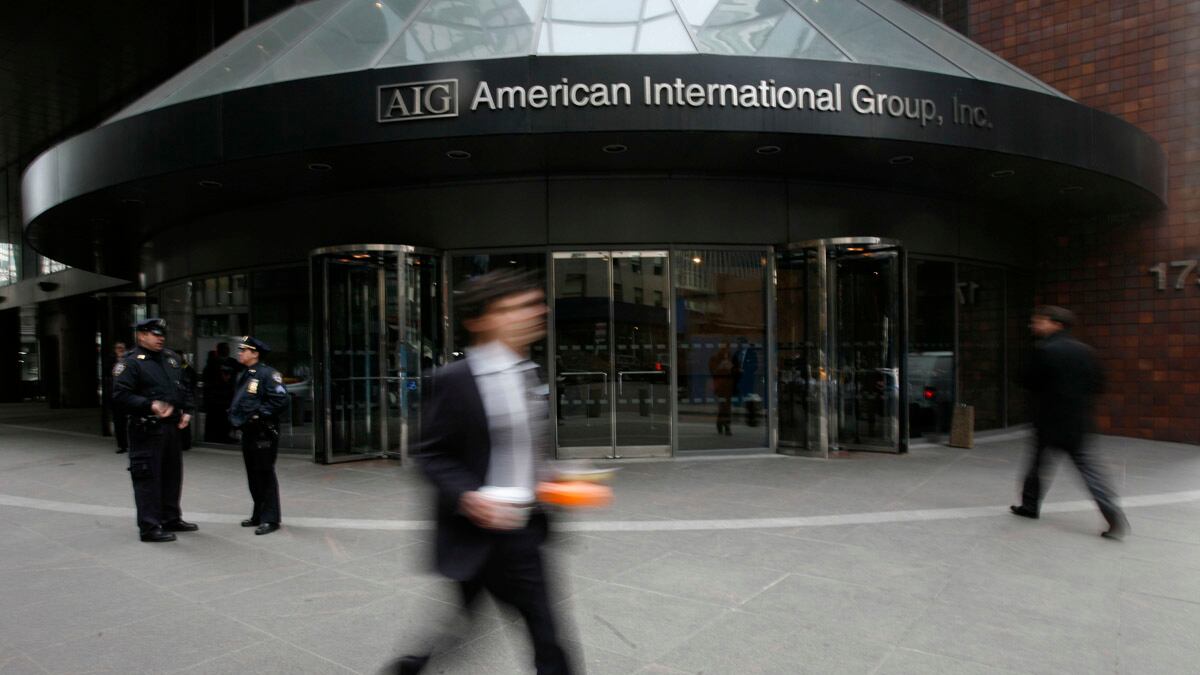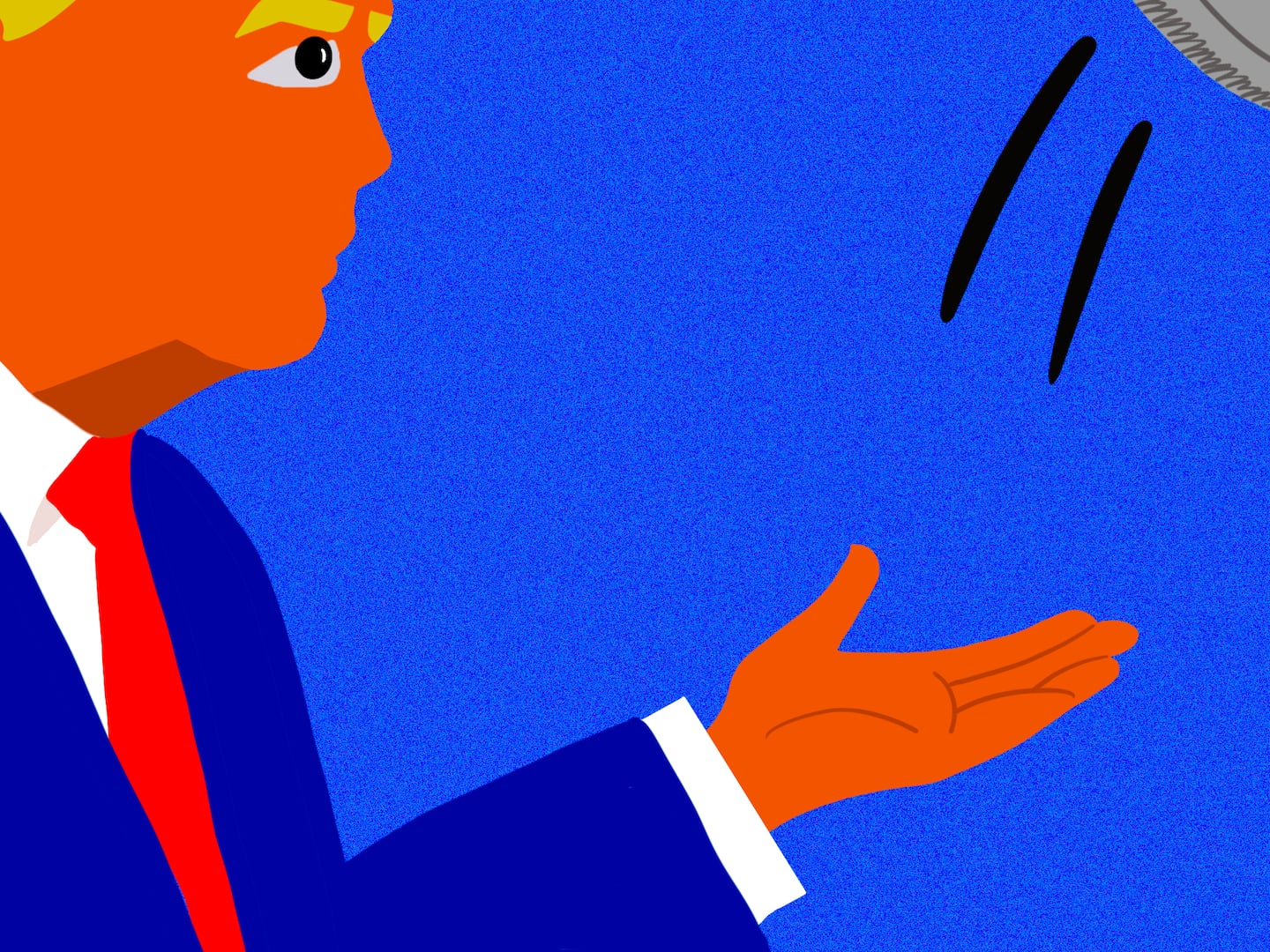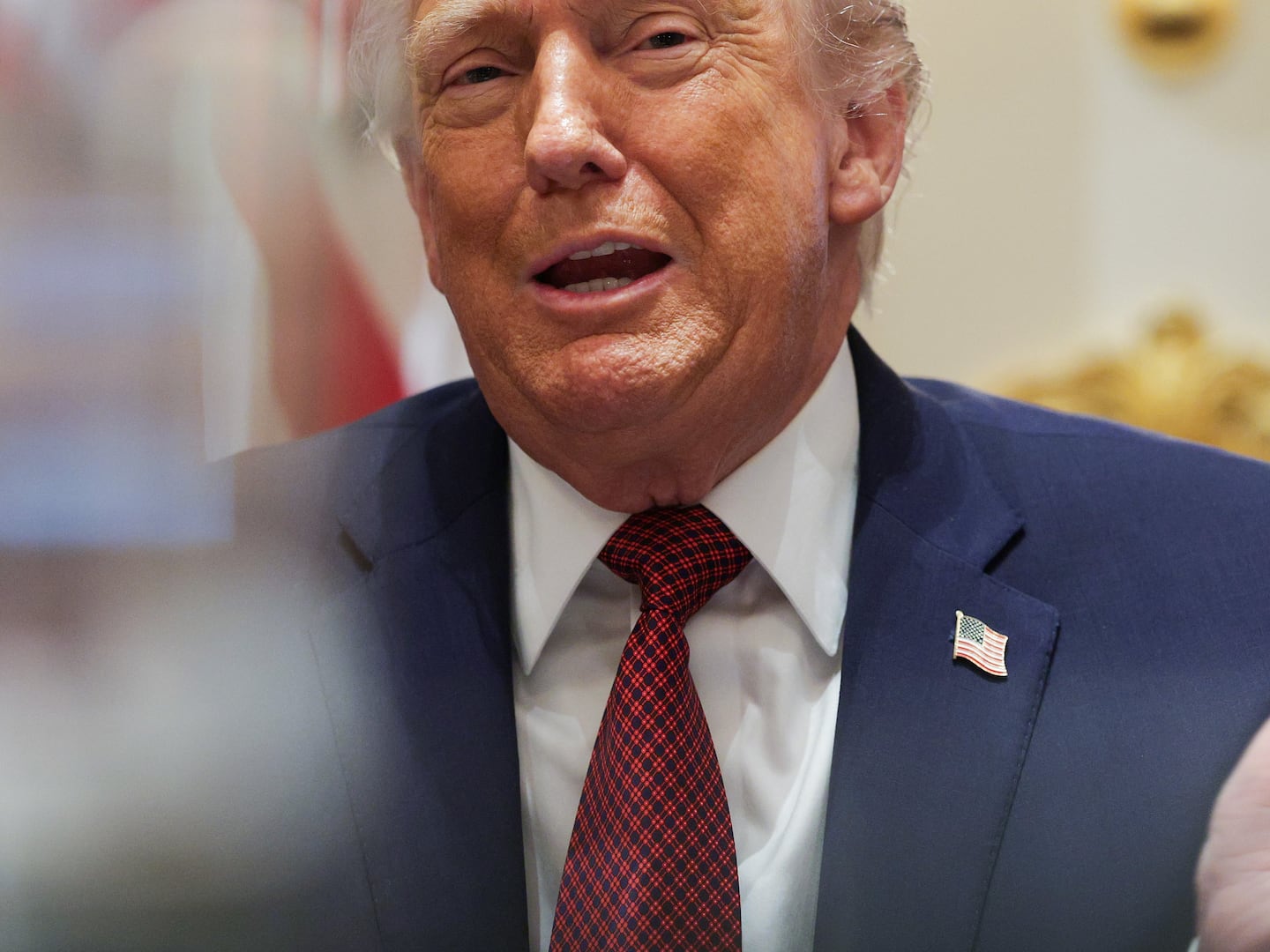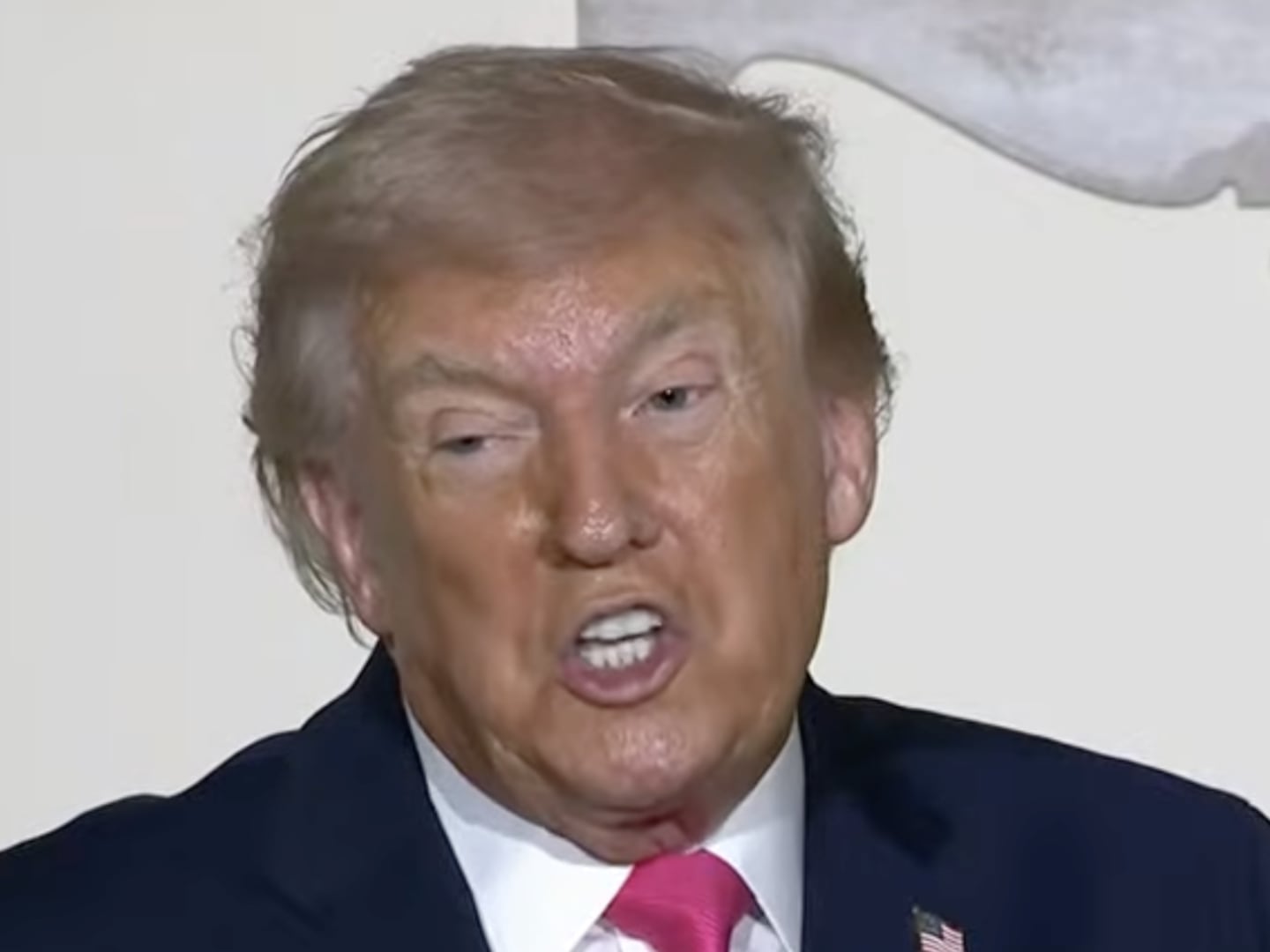Good news! This year’s federal deficit just shrunk by about $1.5 billion. (Not so good news! That’s about one-tenth of one percent of the annual deficit.) And it had nothing to do with cutting spending or raising taxes. Rather, that’s the amount of money that TARP recipients returned to the Treasury Department last week.
Four years after the Lehman Brothers crisis, housing finance remains a mess. But the Trouble Asset Relief Program (TARP), the crisis-era measures aimed at saving the banks, stabilizing credit markets, and preventing the auto companies and the insurer AIG from plunging into liquidation, have largely succeeded. And at a very low cost to the taxpayer. By and large, the recipients of cheap government capital have returned the cash they took—and with interest. The central component of TARP was the Capital Purchase Program, in which Treasury bought interest-yielding preferred shares in banks and received warrants in return. Here is the latest daily TARP update. Between the CPP and extra aid given to Citigroup and Bank of America, Treasury put $245.1 billion into banks. So far, those recipients have returned $231.11 billion of that capital. Add in dividends ($15.2 billion), proceeds from the sale of warrants ($9.19 billion), and cash raised from selling Citigroup and Bank of America stock ($9.36 billion), and the taxpayers have received a total of $264.86 billion back. That’s a profit of nearly $20 billion.
Returns continue to stream in. Most of the CPP-receiving banks that have yet to return capital are smaller ones, which are sitting on $5 million and $10 million bits of taxpayer capital. Until this month, M&T Bank, was one of the largest recipients of CPP funds still to exit the program. But last Friday, Treasury sold its preferred shares of M&T for $381.5 million. Treasury still holds warrants in the company.

One of the more obscure components of TARP was the Public Private Investment Program (PPIP), in which Treasury invested in—and lent money to—vehicles formed by asset-management companies. These entities in turn bought toxic securities from banks. Treasury committed about $22 billion to seven funds that participated in the PPIP. Over time, as the investment funds collect interest payments or realize gains from selling securities, they make distributions or return capital to Treasury. On August 14, several of these funds returned capital to Treasury, as follows:
Alliance Bernstein Legacy Security Funds, $633.75 million
Blackrock PPIP Fund, $95.8 million
AG GEEC PPIF Master Fund, $205.2 million
RLJ Western Asset PP Fund, $116 million
Combined, the sale of M&T stock and the PPIP repayments returned $1.43 billion to Treasury. That’s not much in the scheme of things. But every penny of TARP money returned goes directly into federal coffers.






